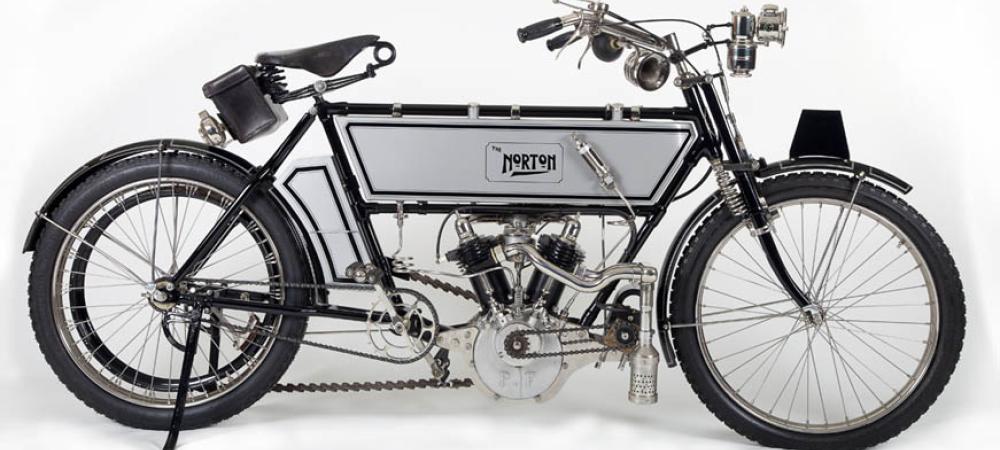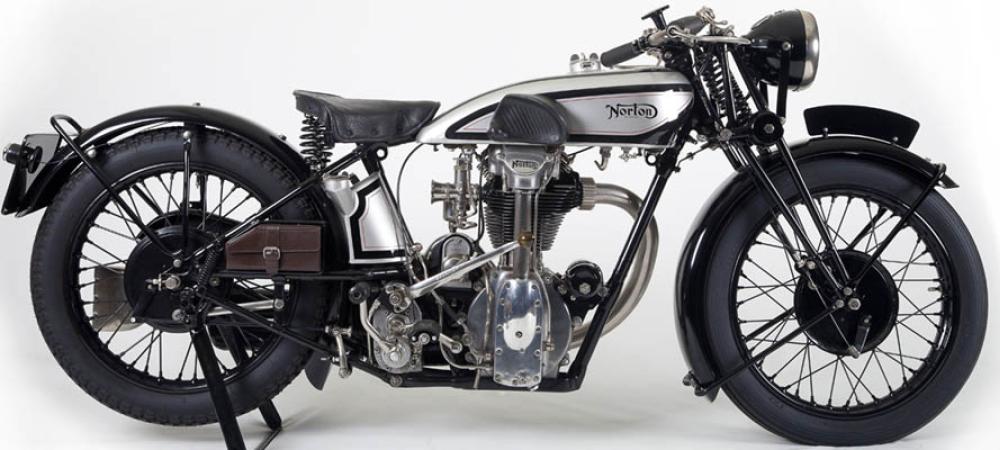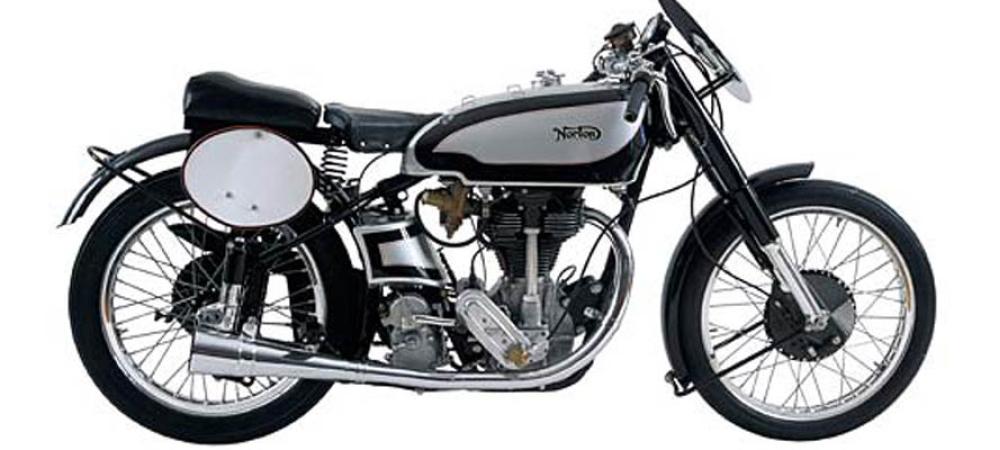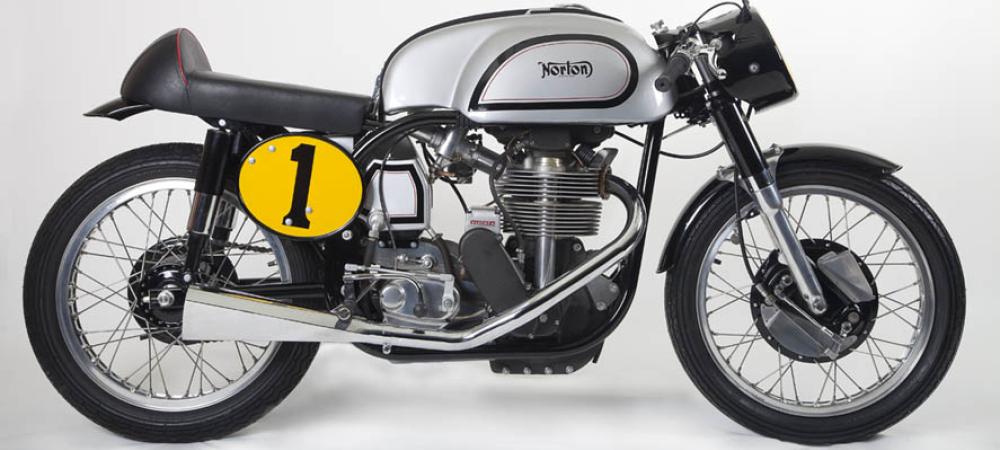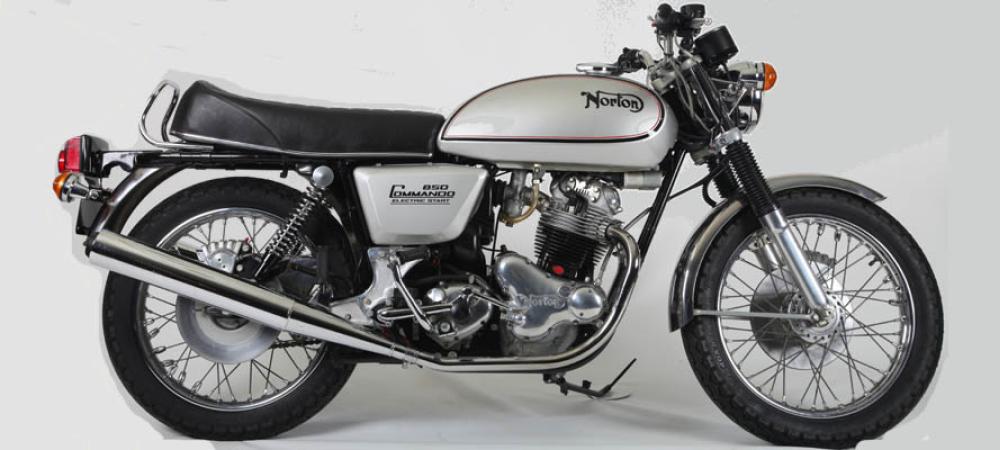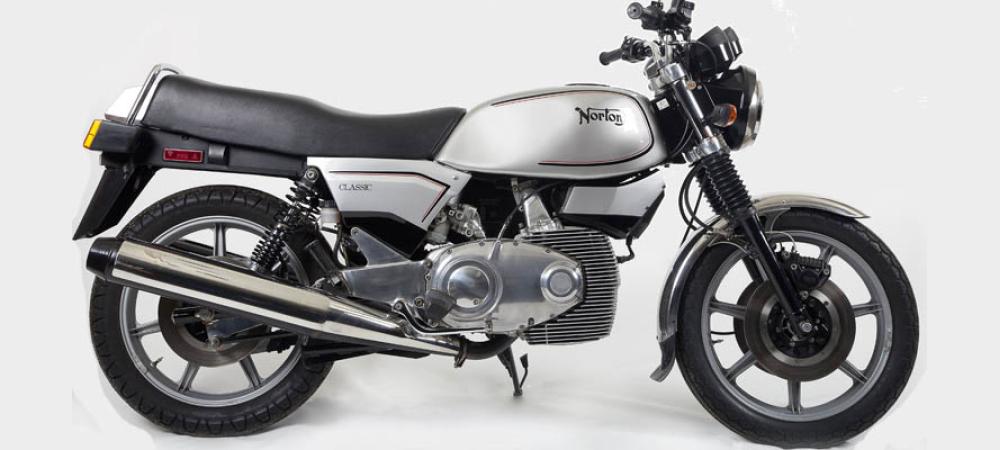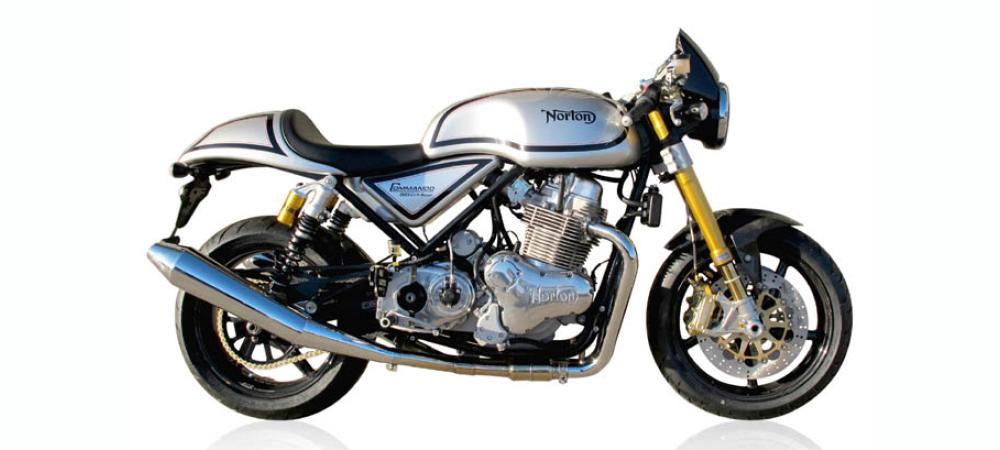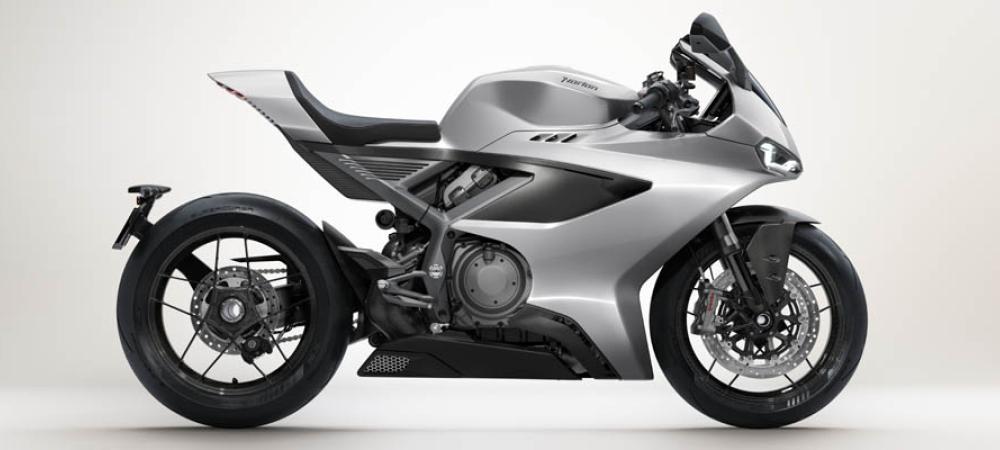A review of correspondence from NOC-L
A discussion on the best layout for pipes to and from the oil tank
How should the cylinder head oil line be routed?
| The rubber hose from the oil filter back to the tank has to make a very severe 90o turn and that worries me. I see no sign of hose collapse, but what will happen when hot oil courses through? Should I fear a restriction? |
When I got my 750 Interstate, the oil line to the head did not run directly up from the timing case, but first went down, looping around the engine cradle then up to the head. I thought nothing of this and even duplicated it with new line several years ago, but since then I've seen Commandos where the line is shorter and runs direct.
Does anybody know which way is original, which way is better [not necessarily the same thing], or if this even matters? Presumably, the line on my bike never drains completely dry when the bike is unused because part of it is below the timing case. On the other hand, the dip in the line could be a place for grunge to settle out, and the route to the head is longer and more circuitous.
Mike Taglieri (miketnyc@juno.com) on NOC-L 25th. Aug 1997
Straight up cylinder head oil feed
My 750, originally an Interstate, has had a straight-up head feed line on since I bought it in 1980. I believe my bike (208479) is only a few numbers up or down the line from Mike's. It has never crossed my mind that the line could dry out when the bike is stood up for a time. Does it really do this?
If the line's on the pressure side of the pump (which I believe it is), surely it can only dry out as far as the head of oil in the tank, which is of course not far from the level of the head itself. Whatever, I can report no problems with the straight-up line. Incidentally, Roy Bacon's book on Norton restoration is no help; a quick trawl shows no pictures of the 72 model that conclusively show the line's position, although you could infer a down-then-up line from one shot.
Joe Schofield (skywings@bhpa.co.uk) on NOC-L 25th. Aug 1997
Oil blowing from the tank
| "My Commando blows oil out the small hole on the low front side of the oil tank (the side facing the motor). I suspect this was originally routed somehow into the original air cleaner ....." Rick |
The timed breather vents into the top of the oil tank, and a tube runs internally from the tower on top of the tank to the hole in front of the tank. In its stock form, the rear half of the air filter housing bolted to the front of the tank. I would suggest taking the breather hose off the tank and see if you are getting oil out of it. Could the rebuilder have left out the disc in the timed breather? My 1970 Roadster has this system and with a very loose top end there was no trouble with oil loss out the front of the tank.
Vernon Fueston (fueston@snowcrest.net) on NOC-L 24th. Nov 1997
Reversed oil tank vent lines
It sounds like Rick's vent lines are reversed. The line going to the carburettors should be the one coming from the highest point in the oil tank.
John Ebert (jmebert@worldnet.att.net) on NOC-L 24th. Nov 1997
An explanation of all the holes in the Commando oil tank
The Commando oil tank has a plethora of holes. Starting from the back/top, there is a pipe fitting off the filler neck, that goes to the carburettor. Behind this is a bump on top of the tank with another fitting that goes to the engine breather. On the top outside part of the tank are 2 threaded holes that hold the side cover on; there is another threaded hole on the bottom of the tank - that is for mounting. The threaded holes should have some sort of bolt, otherwise oil leaks out. Besides the bottom mounting bolt, and the drain plug, there were no openings low down on the front of the tank. The back of the tank has a couple of fittings that go to the engine, although one is a 'Y' in order to go to the chain oiler.
Eric William Lamberts (ewl@med.unr.edu) on NOC-L 24th. Nov 1997
Another case of reversed oil tank plumbing
Rick had some questions about his oil tank on his 1969 Commando. The first thing that needs to be said is that the early tanks were very different from the later ones. I had a 1970 when new, and can only remember that the lower oil line needed to be removed to change your engine oil. That was the way the book said to do it. It will give you lots of opportunity to test your improvising skills (making odd shaped funnels that don't slip just when all three of your hands are full) if you decide for some reason to do it the factory way.
Secondly, on the later tanks at least, the breather plumbing is controversial. I put mine (an El Bodgo Special as when I got it) back together as I took it apart, with the tank neck connection vented to atmosphere and the 'hump' vented to the engine. While this system worked OK around town, It made quite a mess when the bike was given its first freeway trial, pissing oil all over the place. Ron from British Marketing took one look and pronounced the connections to be reversed.
I have that whole section redesigned now, with a new home made puke bottle, but have not had time to try it out. It would sure be nice to get the definitive answer on these connections as lots of us are confused.
Paul O'Neil (hudson29@aol.com) on NOC-L 3rd. Dec 1997
The workings of the Commando oil tank explained
If you study the manual and parts books it becomes sort of clear, at least for the timed breather models. The engine breather runs into either a tube in the filler neck, or a tube coming off the top of the oil tank. The oil tank is vented to the air cleaner by a hose that comes from a froth tower on top of the tank, or in the case of the centre mount tank, by a tube that runs internally from the tower to a hole in the front of the tank which matches up to a hole in the air box. In theory the oil tank catches any oil from the breather and the intake pulls all the fumes into the engine. I believe there are baffles in the tower to keep oil from the tank from sloshing into the air box hose.
Vernon Fueston (fueston@snowcrest.net) on NOC-L 4th. Dec 1997
A simple test to check the oil lines are connected correctly
| "Is the inner (left) oil line the return to the top of the tank? I recall a warning about the oil lines being mixed up. It looks like the inner (left) line should be the return to the top of the tank and the outer (right) line should be the supply to the engine through the big banjo." |
You have it right. A quick and dirty way to identify which is which goes as follows:-
Squirt a little oil into both pipes of the oil junction block and then kick the motor over. The pipe that squirts the oil back out is your return.
Gary Slabaugh (gdslabaugh@sprintmail.com) on NOC-L 10th. Feb 1998
The factory parts manual shows it all incorrectly
The diagram in the factory parts manual does have the two oil lines labelled wrong and you are correct that the outer one is the feed to the oil junction block. The return line does not go to the top of the oil tank however but to a fitting on the back of the oil tank next to the large banjo fitting but a little higher up. The connections at the top of the tank are for breather hoses. If you're fitting a filter, by the way, don't forget it goes on the return line, not the feed line.
Les Scourse (scourse@adan.kingston.net) on NOC-L 12th. Feb 1998
Workshop manual correct; parts manual incorrect
The consensus is that the workshop manual's depiction is correct (which means that the parts manual's depiction is incorrect).
Oil leaves the tank towards the bottom, in the back, through a large banjo. This same line enters the engine on the right (outer) pipe. The engine's return line is on the left (inner). It returns to the back of the tank, about ¾ of the way up from the bottom. There's another connection near the return port, fairly obvious here, that feeds the chain oiler. The final connection, other than the fill connection, is at the very top of the tank. This is the engine breather's connection. It sounds like there are several different styles of oil tank, and it appears that I have an early one.
Mark Smith (mjsmith@execpc.com) on NOC-L 12th. Feb 1998

